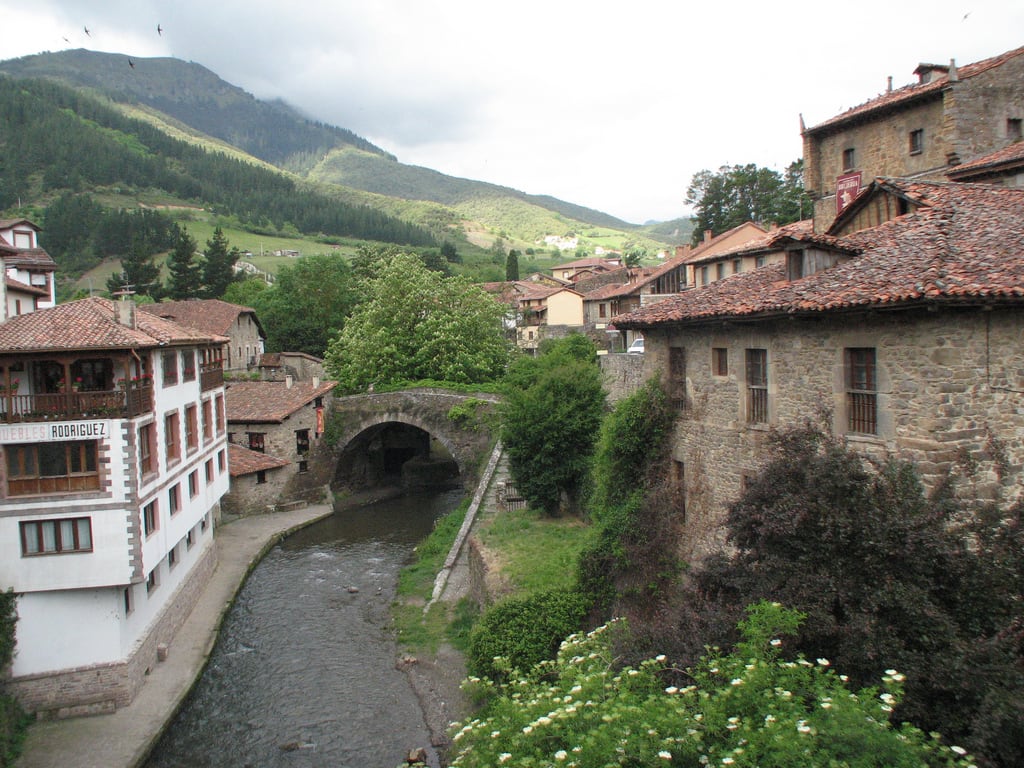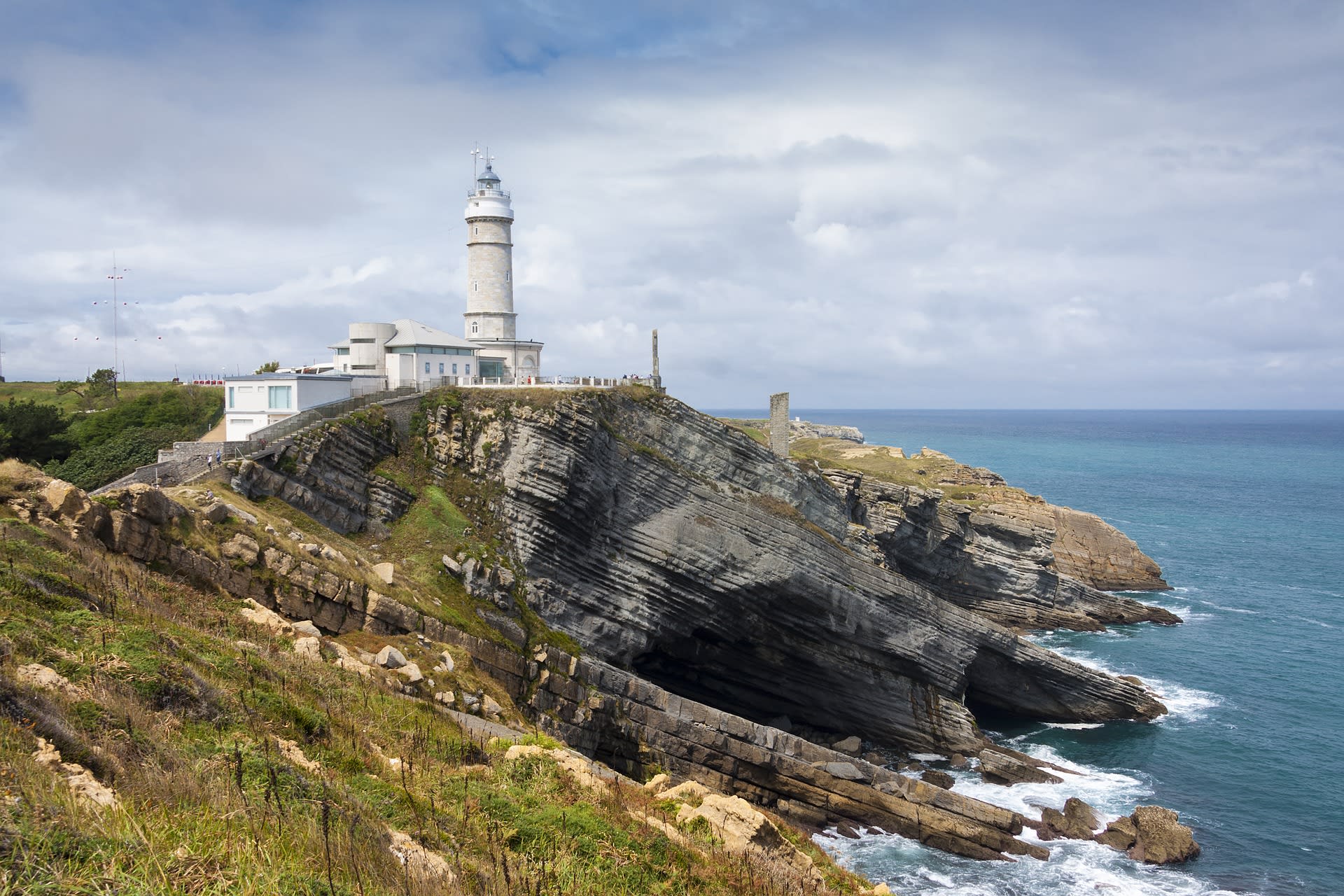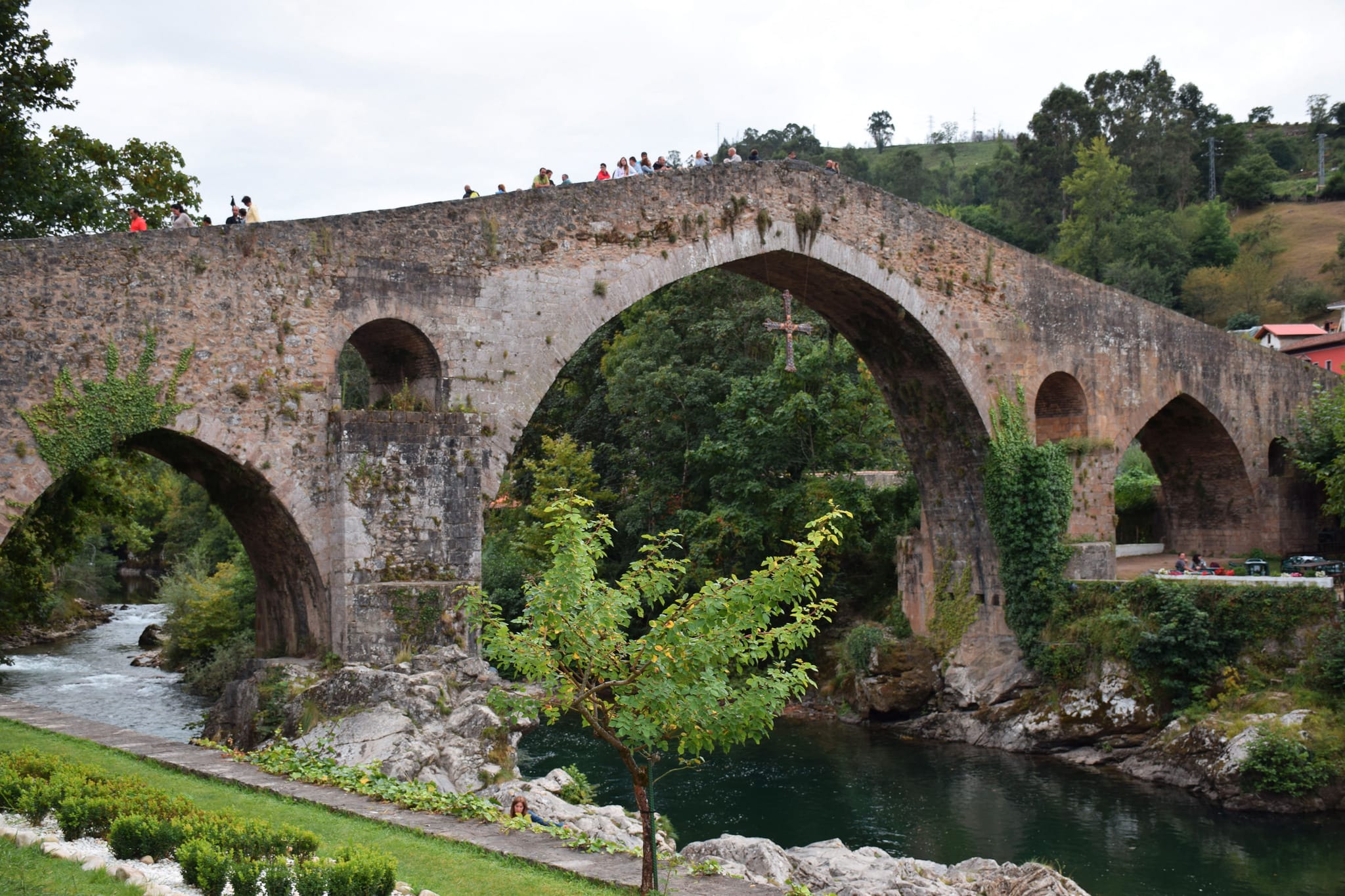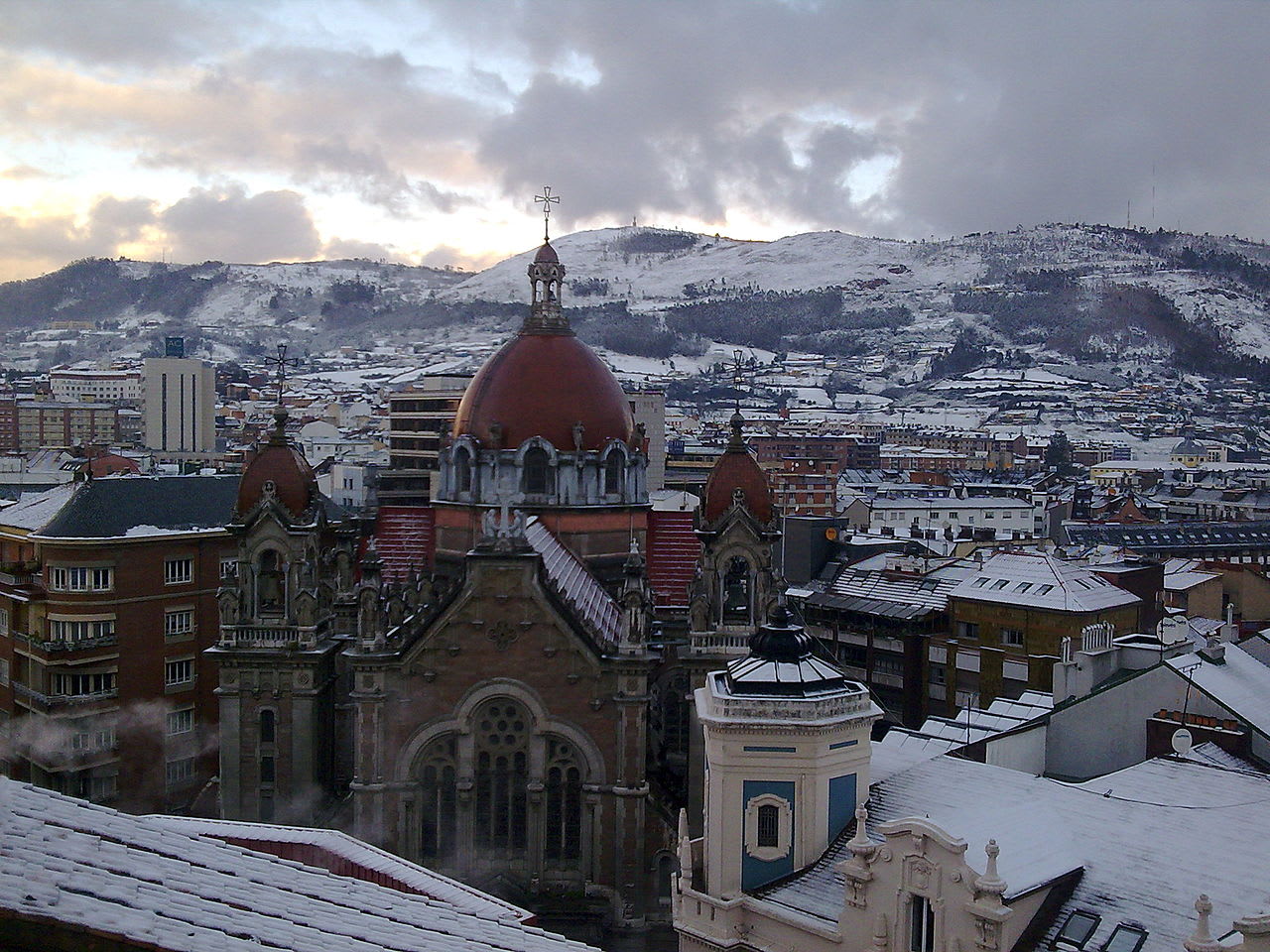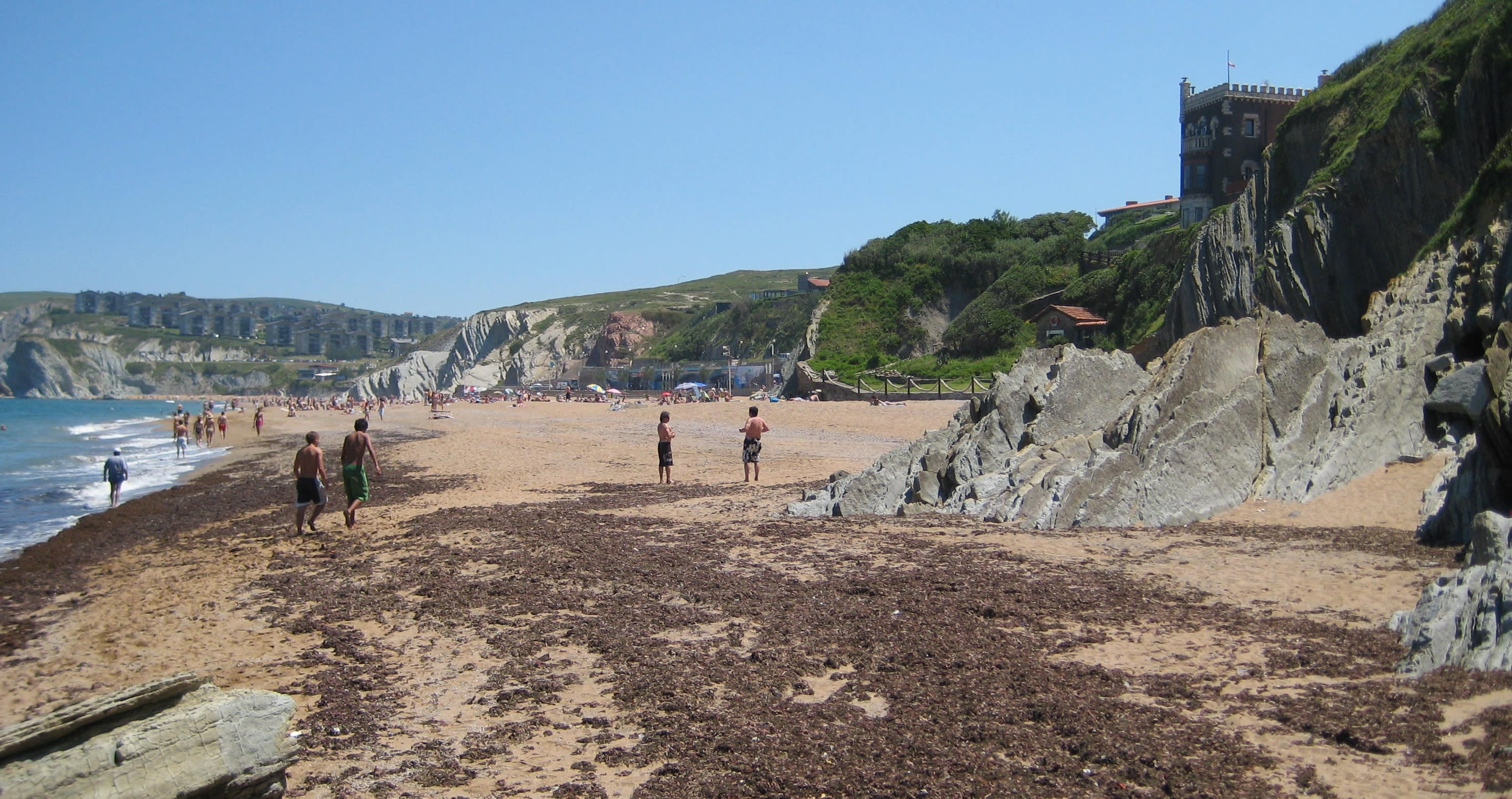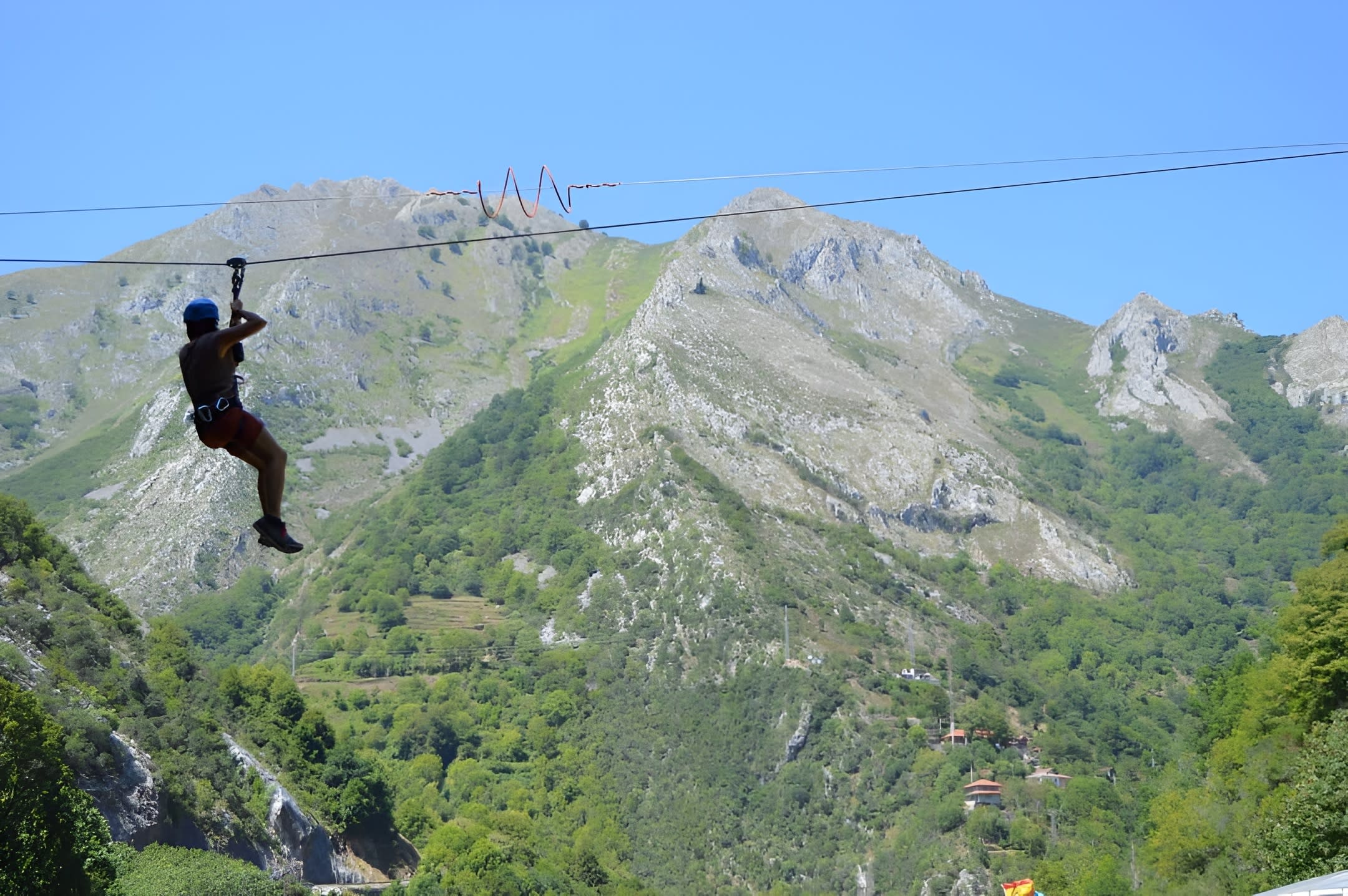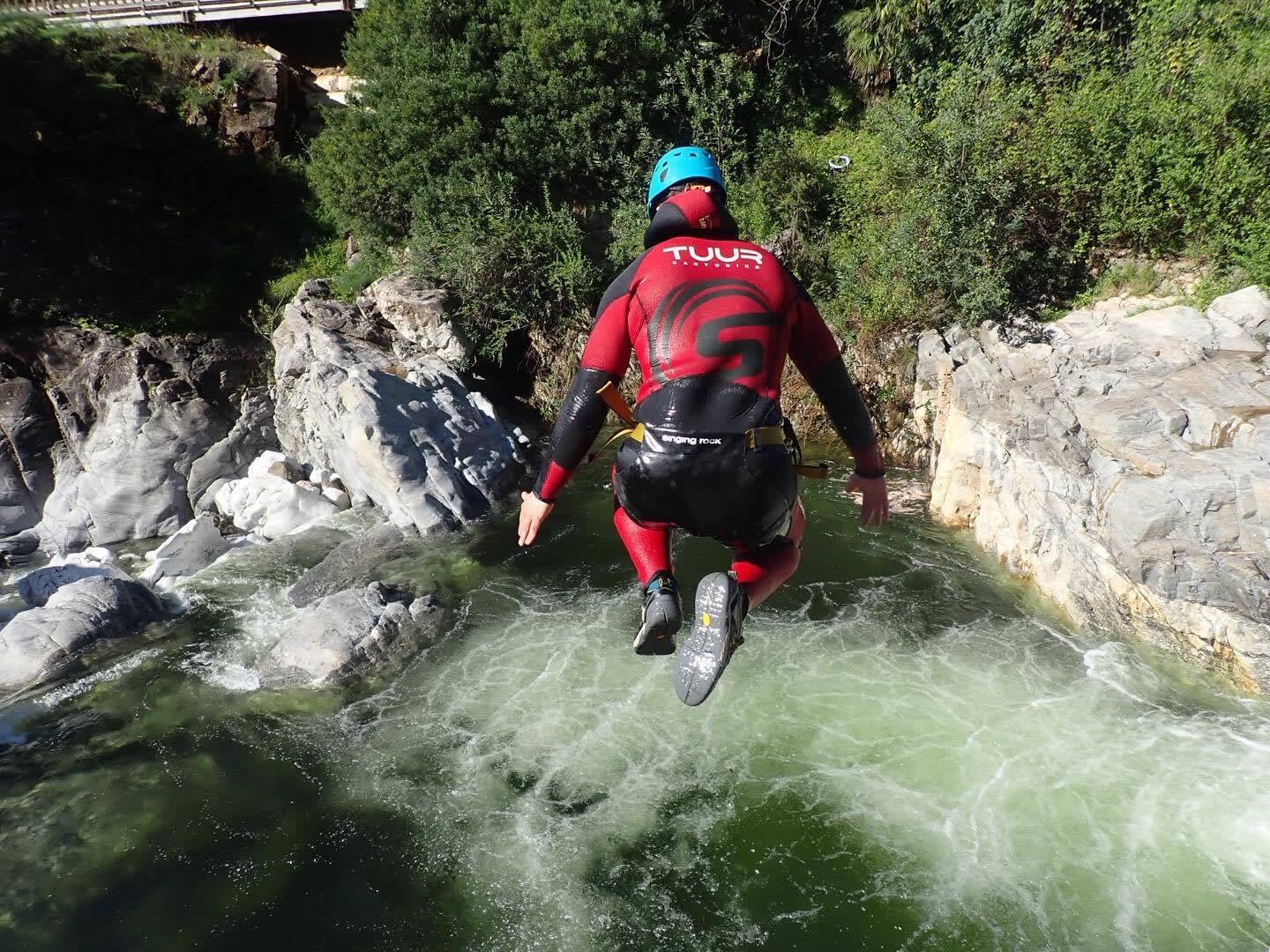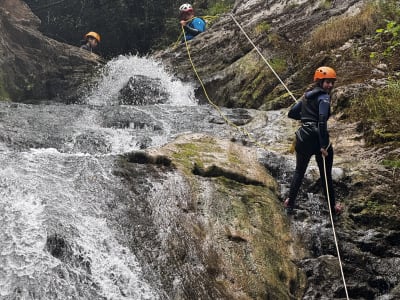
The best outdoor activities in Picos de Europa
All our activities in Picos de Europa


Horseback Riding in Picos de Europa from Potes, Cantabria
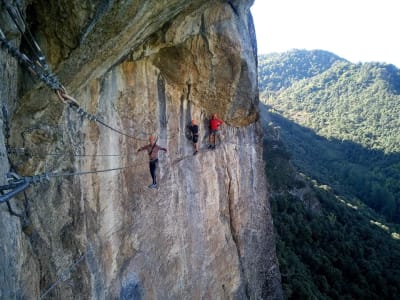
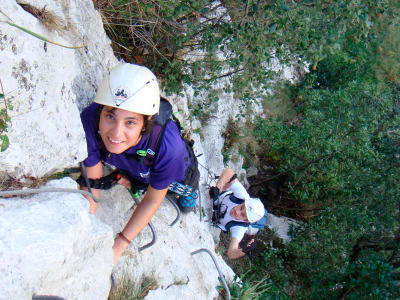
Via Ferrata Los Puentes at La Hermida, Picos de Europa National Park
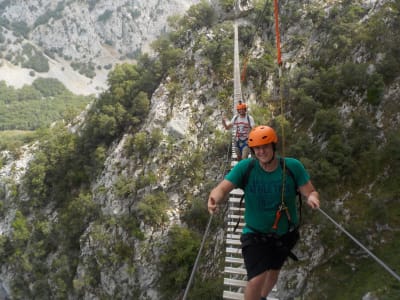
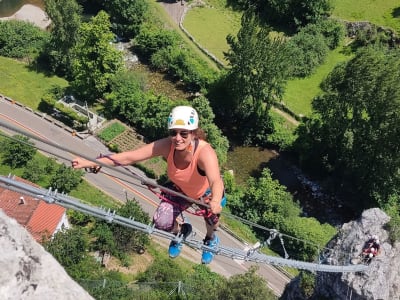
El Milar and Escalera al Cielo Via Ferratas in La Hermida, Picos de Europa
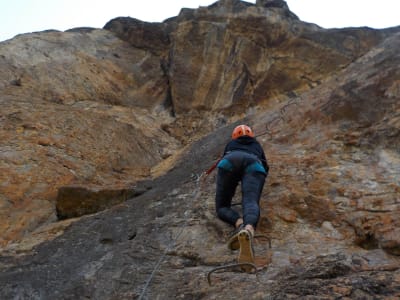
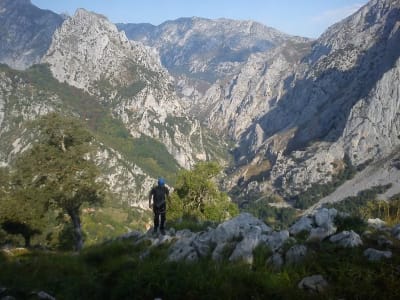
Via Ferrata The Stairway to Heaven + El Milar at La Hermida, Picos de Europa
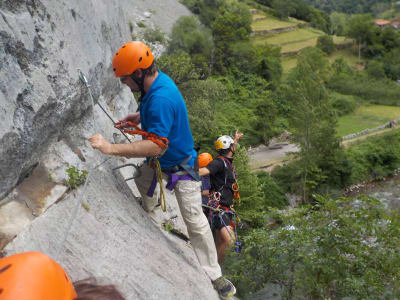
El Milar Via Ferrata at La Hermida, Picos de Europa
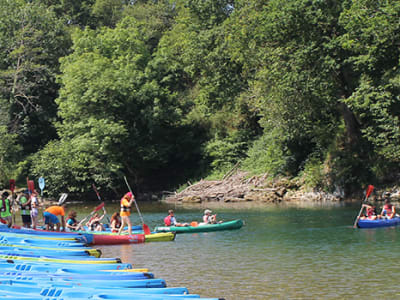
Kayaking on the Sella River from Cangas de Onis, Asturias
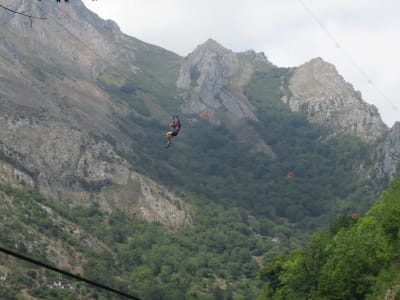
Ziplining circuits in Ponga Natural Park

Kayak Rental on the Deva River from Panes to Unquera, Picos de Europa

Canyoning in the River Navedo near Potes, Cantabria

Horseback Riding in Picos de Europa from Potes, Cantabria

Via ferrata La Hermida, Picos de Europa

Via Ferrata Los Puentes at La Hermida, Picos de Europa National Park

La Hermida Via Ferrata, Picos de Europa

El Milar and Escalera al Cielo Via Ferratas in La Hermida, Picos de Europa

Camaleño Via Ferrata in Los Llanos, Picos de Europa

Via Ferrata The Stairway to Heaven + El Milar at La Hermida, Picos de Europa

El Milar Via Ferrata at La Hermida, Picos de Europa

Kayaking on the Sella River from Cangas de Onis, Asturias

Ziplining circuits in Ponga Natural Park

Kayak Rental on the Deva River from Panes to Unquera, Picos de Europa
Discover Picos de Europa: A Hidden Gem in Northern Spain
Tucked away in northern Spain, the Picos de Europa is one of the country’s most awe-inspiring natural treasures. Spanning the regions of Asturias, Cantabria, and Castilla y León, this dramatic mountain range forms part of the larger Cantabrian Mountains. Towering limestone peaks, lush green valleys, deep gorges, and charming mountain villages make the Picos de Europa a paradise for nature lovers and thrill-seekers alike.
Unlike the more crowded Spanish destinations, the Picos de Europa remains relatively undiscovered, offering a serene and authentic escape. Whether you're drawn by its breathtaking landscapes, cultural richness, or its thrilling outdoor adventures, there’s no shortage of things to do in Picos de Europa.
Top Outdoor Activities in Picos de Europa
Hiking and Trekking
Hiking is arguably the most popular activity in Picos de Europa. The region boasts a vast network of trails for all levels. The famous Cares Gorge (Ruta del Cares) is a must-do, offering stunning views along a cliffside path that links the villages of Caín and Poncebos. Other highlights include the ascent to Refugio de Urriellu, beneath the iconic Naranjo de Bulnes peak, and scenic routes around the Lakes of Covadonga.
Canyoning and Via Ferrata
For adrenaline seekers, canyoning in Picos de Europa means sliding down waterfalls, jumping into crystal-clear pools, and abseiling through narrow gorges. The rivers around the Desfiladero de los Beyos and La Hermida offer thrilling yet accessible canyoning adventures.
Via Ferrata routes in the region are a great way to scale vertical cliffs using fixed cables, ladders, and bridges, with spectacular mountain views as your reward. Popular routes near La Hermida provide both beginner and advanced options.
Caving and Speleology
The limestone composition of the Picos has given rise to an extensive network of caves. Caving experiences reveal underground rivers, vast caverns, and ancient rock formations. Some routes are suitable for beginners, while others offer technical challenges for experienced speleologists.
Rock Climbing
The Naranjo de Bulnes (Picu Urriellu) is a legendary peak among climbers. With routes for varying skill levels, it’s a prime spot for those looking to test their climbing prowess in one of Europe’s most iconic alpine landscapes.
Mountain Biking and E-Biking
Winding tracks through forests and across mountain passes make the area ideal for mountain biking. E-bike rentals are increasingly popular, offering a less strenuous way to explore high-altitude trails and remote villages.
Paragliding
For a bird’s-eye view of the jagged peaks and lush valleys, paragliding from the mountain slopes near Cangas de Onís or Fuente Dé is an unforgettable experience. Conditions are often ideal for tandem flights, suitable even for first-timers.
Local Tips for Visiting Picos de Europa
Weather in the Picos can change rapidly. Bring layers, waterproof gear, and sturdy hiking boots even in summer. Mobile phone reception can be patchy in remote areas, so downloading offline maps is recommended.
Most villages have small family-run restaurants where you can savour local specialities like fabada asturiana, queso de Cabrales, and sidra natural. Staying in rural guesthouses or casas rurales adds to the charm and supports the local economy.
Always check with local guides or visitor centres about trail conditions and safety updates. Guided activities often include necessary equipment and insurance.
Best Time to Visit Picos de Europa
Spring (April to June) and autumn (September to October) offer mild weather, vibrant landscapes, and fewer tourists, making them ideal for outdoor adventures in Picos de Europa. Wildflowers bloom in spring, while autumn brings golden foliage to the forests.
Summer (July and August) is peak season, especially around the Lakes of Covadonga. While weather is generally warm, expect crowds in popular spots. Early starts help avoid both heat and traffic.
Winter transforms the higher elevations into a snowy wonderland. While some roads and trails close, the lower areas remain accessible for hiking and offer a peaceful, mystical atmosphere.
How to Get to Picos de Europa
The Picos de Europa is easily reached from several major cities:
- From Oviedo: About 1.5 hours by car to Cangas de Onís or Arenas de Cabrales. Buses run daily but renting a car offers more flexibility.
- From Santander: Around 2 hours’ drive to Potes or Fuente Dé. Public buses are available but less frequent.
- From León: Approximately 2 hours to Posada de Valdeón or Riaño. Scenic routes through mountain passes make the journey itself part of the adventure.
The closest airports are in Oviedo (Asturias Airport), Santander, and León, all offering car hire services. For international travellers, connecting flights from Madrid or Barcelona are recommended.
Whether you're seeking rugged landscapes, thrilling activities, or a quiet escape into nature, visiting Picos de Europa promises an unforgettable outdoor experience in one of Spain’s most majestic and lesser-known national parks.
You're in good hands with Manawa.
We are dedicated to make your outdoor activities extraordinary. Benefit from expert advice, friendly service, and live unforgettable moments with Manawa.
